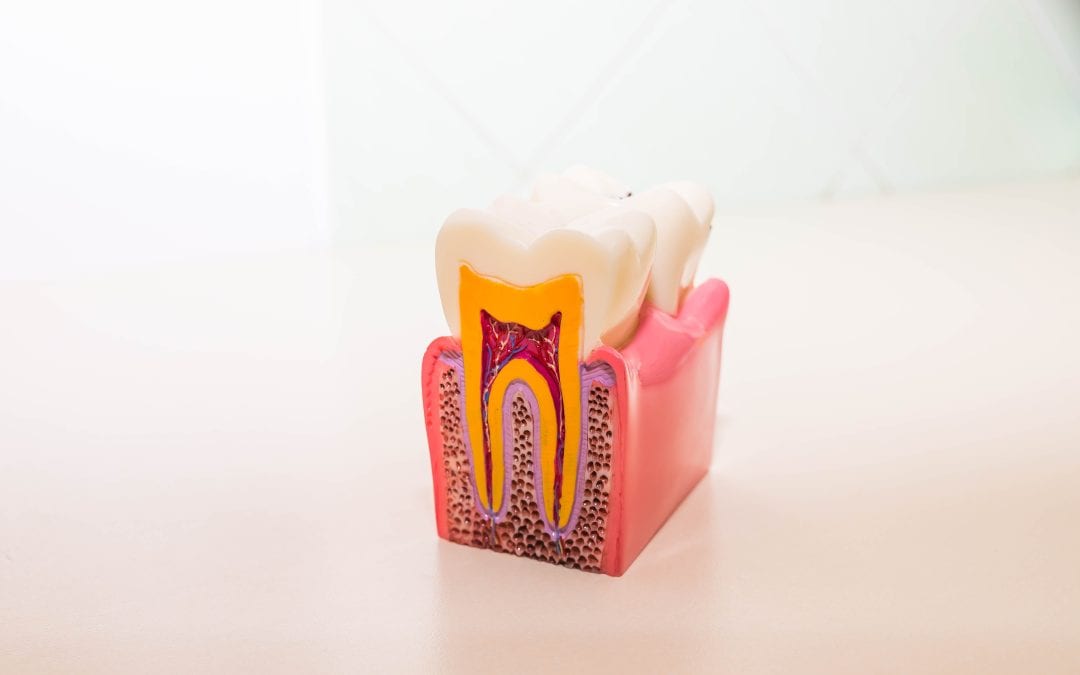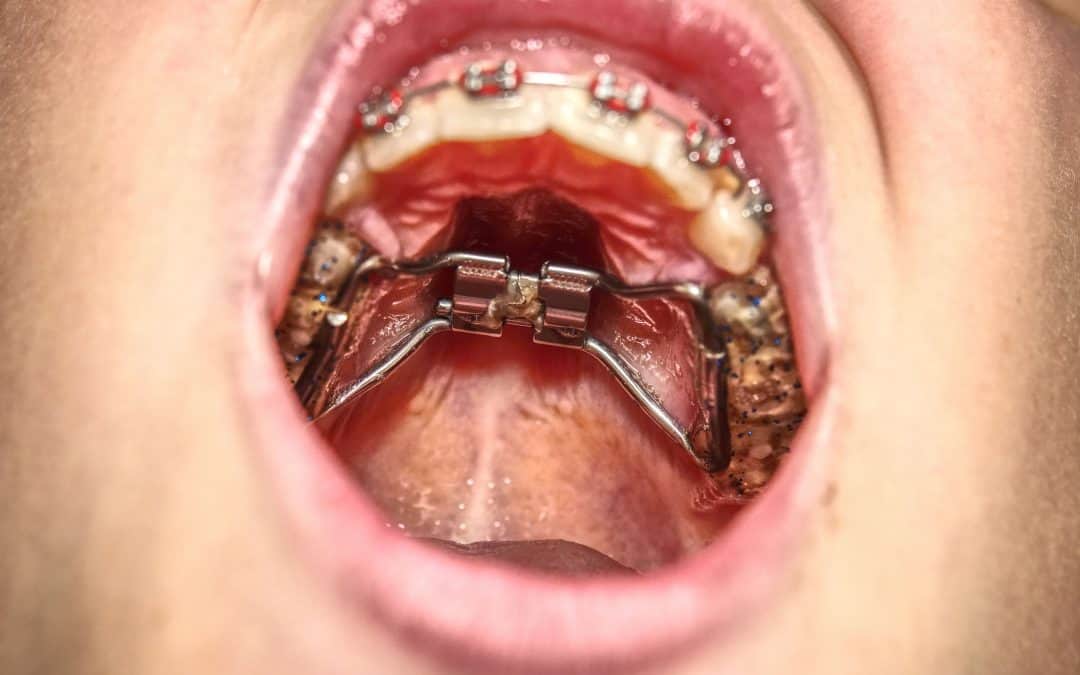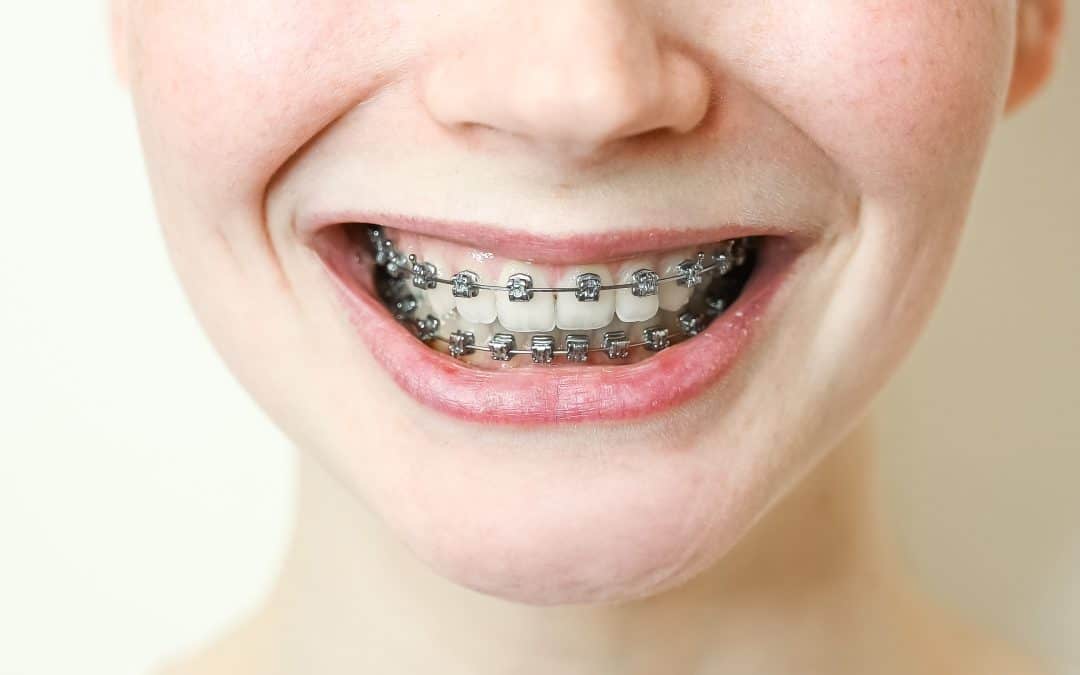A beautiful smile often involves straight, well-aligning teeth. Unfortunately, many individuals suffer from diastemas, gaps between teeth that affect oral health and aesthetics. Diastemas may result from genetic factors, mismatched tooth sizes, thumb-sucking habits, gum disease, or bad dental habits like thumb-sucking. Thanks to advancements in orthodontic technology, there are now effective solutions that address diastemas effectively while simultaneously improving dental health and aesthetics; in this guide, we explore this world of orthodontic appliances used for closing gaps while increasing oral well-being!
Say goodbye to gaps, hello to confidence – the orthodontic appliance effect.
Understanding Diastema and Their Implications
Diastemas (gaps between teeth), commonly called diastemas, can occur anywhere in the mouth but most often between the upper front teeth. While some embrace these gaps as unique characteristics, others may feel self-conscious about them and seek treatment. Apart from aesthetic considerations, diastema also impacts dental health negatively – food particles become trapped between gaps, increasing risks such as tooth decay and gum disease if food particles remain there for extended periods.
Causes of Teeth Gap
There are several causes of tooth gap, which are as follows-
Genetics:
Heritable traits may influence tooth size and jaw structure, leading to gaps. Thumb
Sucking:
Prolonged thumb sucking can create pressure that pushes teeth forward, creating gaps.
Tongue Thrusting:
Prolonged tongue thrusting against teeth may contribute to gaps by exerting force on them over time.
Missing Teeth:
Gaps may result from early loss of baby or adult teeth, altering alignment.
Gum Disease:
Periodontal issues can reduce support for teeth leading to spacing.
Mismatched Tooth Sizes:
Differences in tooth sizes can create spaces during the eruption.
Poor dental habits:
Pushing with your tongue to clean teeth may contribute to gaps.
Orthodontic issues:
Misalignments between teeth can create gaps due to crowding or irregular placement, leading to gaps between them.
Orthodontic Appliances: Custom-Tailored Solutions to Close Gaps Between Teeth
Are you looking for an option on how to fix gaps in teeth? Orthodontists carefully consider each patient’s requirements when prescribing orthodontic appliances to close diastemas:
1. Braces
Traditional metal braces can be an effective solution to closing gaps. Each tooth receives brackets attached by bracket-mounted wires, which exert controlled pressure to gently guide their alignment back to their proper places and ultimately close gaps over time. Braces are particularly advantageous in cases involving multiple gaps or misalignment between individual teeth.
2. Clear Aligners
Clear aligners, like Invisalign, offer a practical yet discreet alternative to braces. Consisting of removable trays that gradually shift teeth into alignment over time, clear aligners have proven particularly popular among adults and teenagers looking for less noticeable treatment solutions.
3. Lingual Braces
Lingual braces work similarly to traditional ones but offer one key difference – instead of attaching directly to the front surfaces, these discreet options are attached to their inner surfaces where they remain virtually undetectable – providing individuals who desire all the benefits without the visual impact an ideal discreet solution for those wanting the advantages of braces without them being seen by everyone around them.
4. Veneers
In cases where gaps between teeth are minor, veneers can help close them effectively. These thin porcelain shells custom-made to cover the front surface of teeth are sometimes called veneers – these don’t move your teeth but can effectively mask gaps to give the illusion of a seamless smile.
5. Space Maintainers
Pediatric dentistry often employs space maintainers as an effective measure to avoid gaps from forming due to premature tooth loss by holding space for permanent teeth to come in properly and reducing any risks for future gaps. These dental bonding hold open enough room so permanent teeth erupt correctly while decreasing future gaps from occurring.
Journey of Diastema Treatment: Step by Step
Closing gaps between tooth and gum using orthodontic appliances requires several stages:
Consultation:
To begin treatment for any dental disorder or concern, consult an orthodontist for an extensive assessment and discuss potential solutions tailored to each case.”
Customization:
Once an appliance has been selected, molds, X-rays, and digital scans will be taken to develop an individual treatment plan tailored specifically to you.
Appliance Placement:
Once an orthodontist has specified what appliance best meets their patient’s needs and desires, placement must occur according to his instructions. Whether braces, aligners, or another option has been selected, it must be secured using his guidance and placed as instructed.
Regular Adjustments:
These dental bonding require scheduled visits with an orthodontist who modifies tension on wires to direct teeth movement, replaces aligners according to an established schedule, and performs regular adjustments as necessary.
Monitoring Progress:
An orthodontist carefully monitors your progress throughout treatment to ensure optimal outcomes and make necessary adjustments to achieve positive outcomes.
Completion:
Once gaps have been closed with orthodontic appliances, these are removed, and retainers may be provided to maintain new alignment and avoid regression.
Final Words
Orthodontic appliances have revolutionized dental aesthetics and health by offering practical solutions to close gaps between teeth. When thinking about how do I fix a gap in my teeth, No matter if it is traditional braces, clear aligners, lingual braces, or another option, the goal should always be the same: creating an improved, confident smile while improving oral wellness. Consultation with an experienced orthodontist from Dental Health Clinic is the first step toward finding out which approach will best meet your individual needs; embrace your journey toward closing gaps as much as you take pleasure from the transformation; it will bring your overall confidence!










